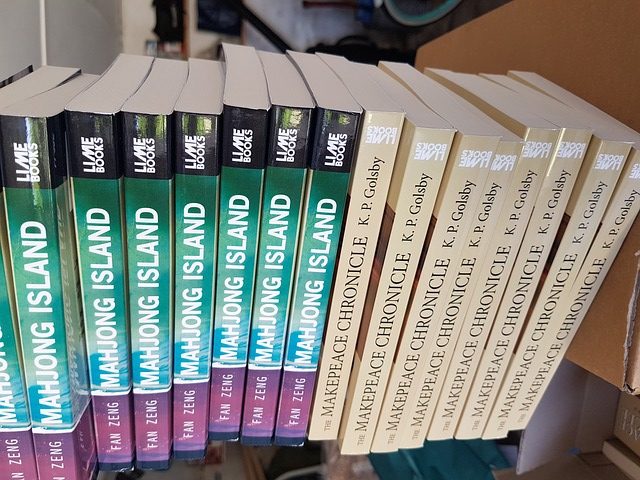Self-publishing is entirely doable but it’s a hairy beast with lots of moving parts. Not everyone does it well.
When you consider the fact that Australian authors earn less than $12,000 per annum from their writing, being able to keep more of the earnings rather than sharing royalties and rights with publishing houses is appealing.
Anna Featherstone has navigated the Indie path (independent self-publishing) and gives insider information on how to self-publish.
Here are the gems of insights I gleaned from a recent presentation she gave.
- Most books sell less than 1,000 copies. Earning a rate of $1 per book in royalties from traditional publishers doesn’t compare to earning $10-20 per book after costs when you self-publish. A compelling argument financially though you do need to work to generate sales.
- As an Indie, you retain the rights to your work which gives you flexibility in how you present that work – you can repackage it eg as an audiobook to give more earning options.
- Ingram Spark is a good option to have your book printed and they have a printing facility in Melbourne making print-on-demand (POD) viable for Australian authors.
- Libraries are an important marketing arm for writers. Go direct with your book or use a library supplier like James Bennett or Australian Library Services.
- Having your books in libraries also gives you access to Education Lending Rights and Public Lending Rights – a government program to compensate authors for multiple use of their books.
- Trove lets you know which library stocks your books and how many are there.
- Approach bookstore distributors and bookstores directly to stock your book. If you have a professionally-designed, appealing cover, it will be easier to get picked up.
- Market your book through KDP (Kindle Direct Publishing), Kindle, your website. Watch the conditions of each.
- Consider producing an audiobook version of your book. You will need a professional voice-over artist to read the book and a noise-free environment with decent recording equipment if you DIY.
- Distribution of audiobooks from Australia is a challenge so consider somewhere like Authors Republic.
- Write your own media release and send it as a ready-to-print article for the media to publish – this method may increase your chance of getting into print.
- The ASA (Australian Society of Authors) hold a Virtual Literary Speed Dating event where you can pitch to publishers.
- Learn to write for magazines. Being able to get articles published can add to your credibility. Target magazines aligned with your writing genre. Try places like Rachel’s List, Freelance Jungle and Telum Media Alerts to find opportunities.
The key thing to remember about being an independent publisher is: you are responsible for everything. There is a learning curve and the space is constantly changing so you need to keep up.
For those who don’t want to worry about all this and prefer to just write, beware of a burgeoning industry of people and ‘businesses’ ready to help you. Some are genuine but many are just seeing you as a business opportunity to earn money.
Traditional publishers do not charge you anything. They are hard to get into and they expect you to have a marketing platform but they pay for editing, covers, marketing. Vanity publishers will charge you for everything and there’s no guarantee of their distribution reach outside of Kindle or POD etc – which you can do yourself.
Indie publishing is a rewarding process. Financial success relies on your marketing, distributing and selling your books well. You’ll need to invest in a decent book cover, professional editing and formatting and you will need to keep an eye on all facets of the publishing process.
The actual steps to publishing will be our next post.

